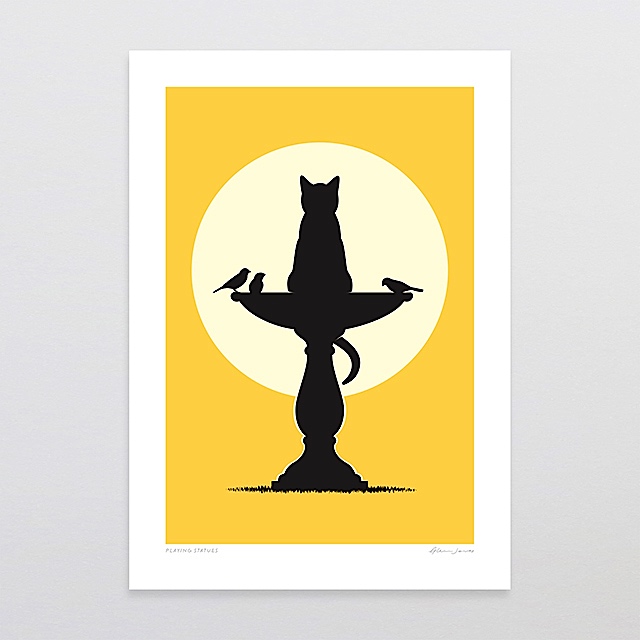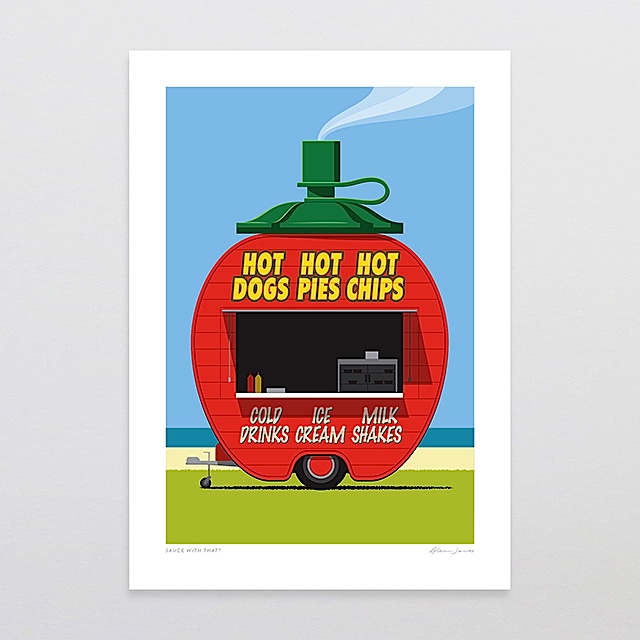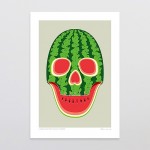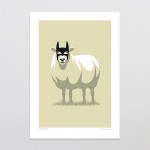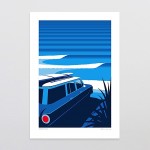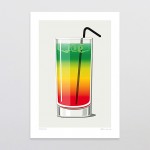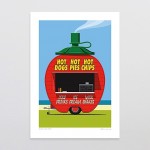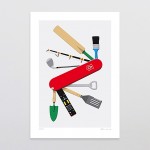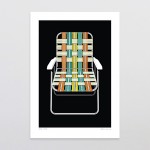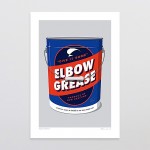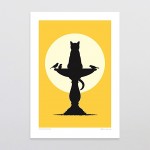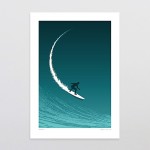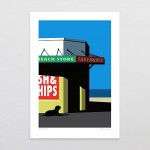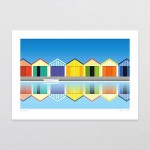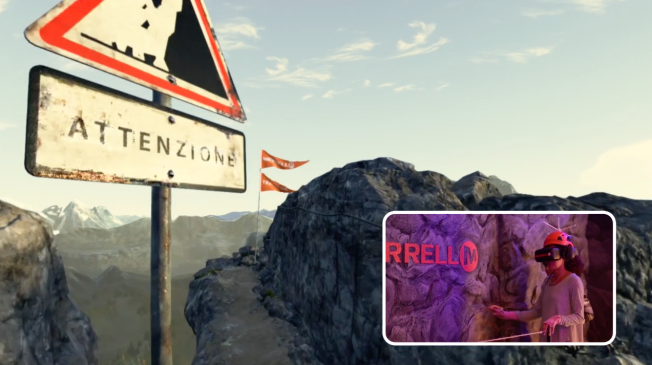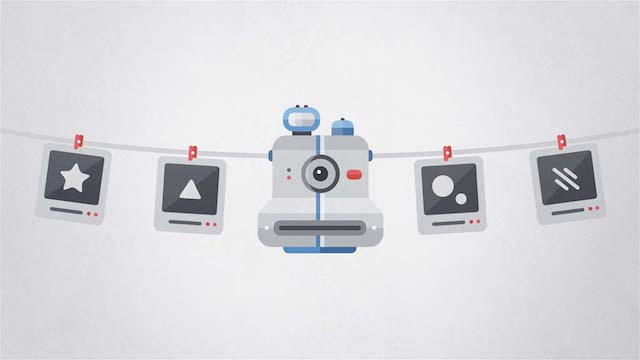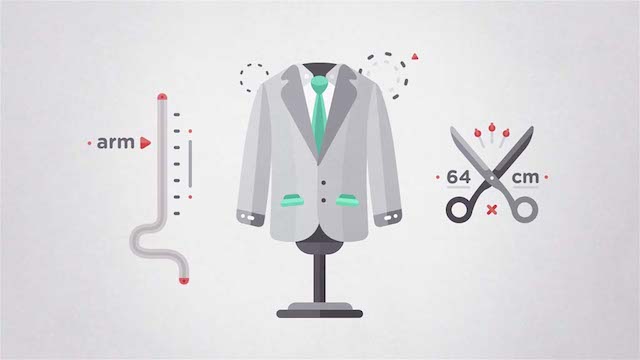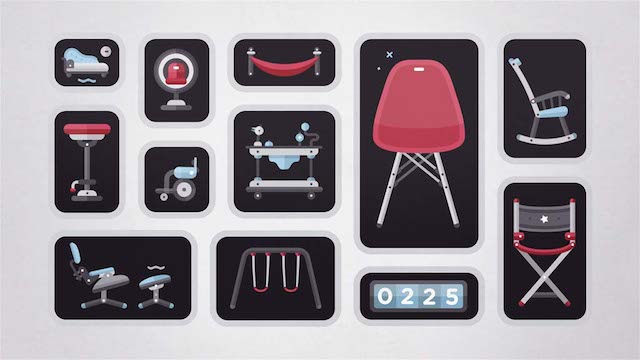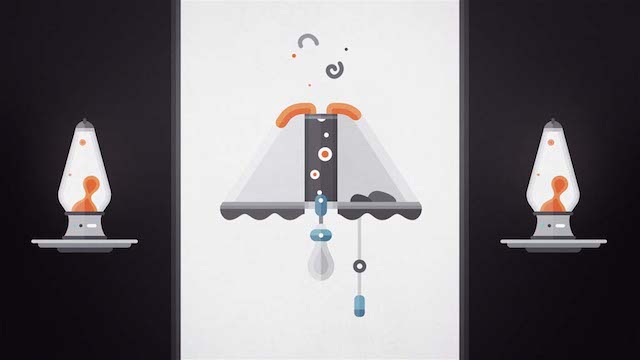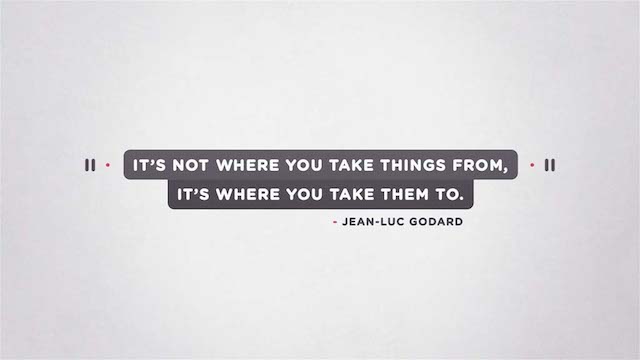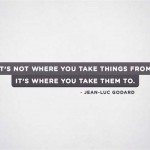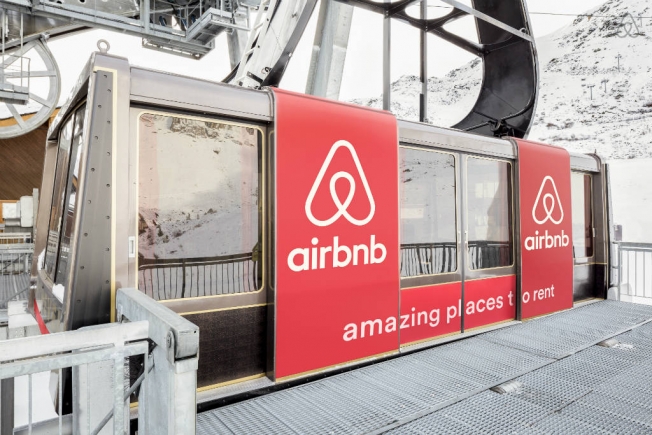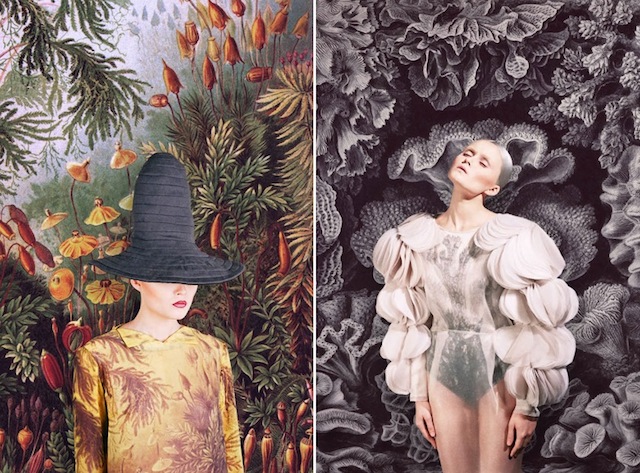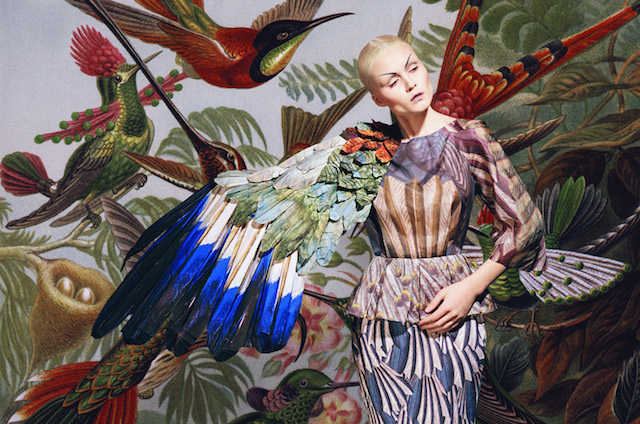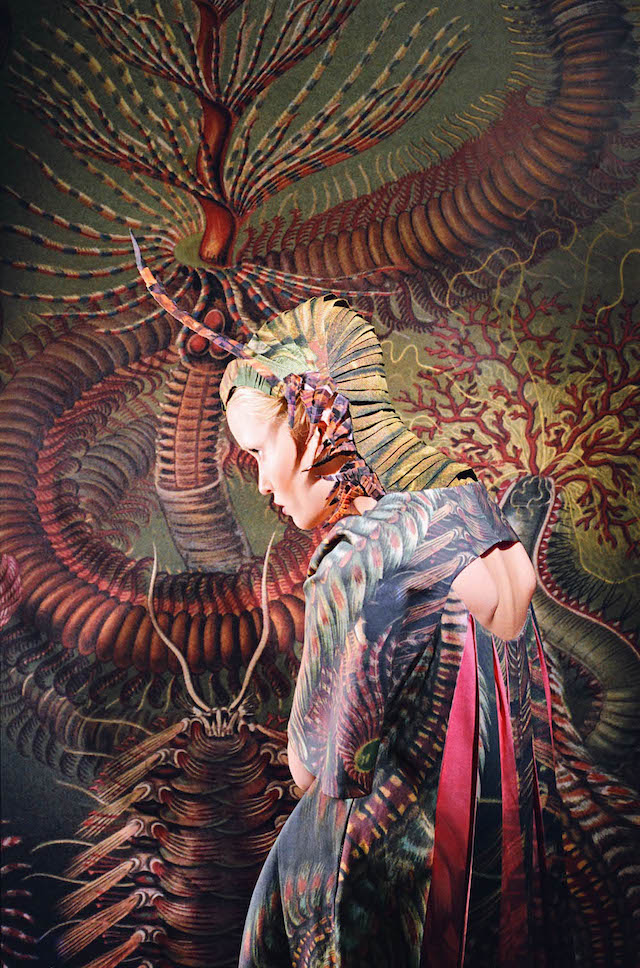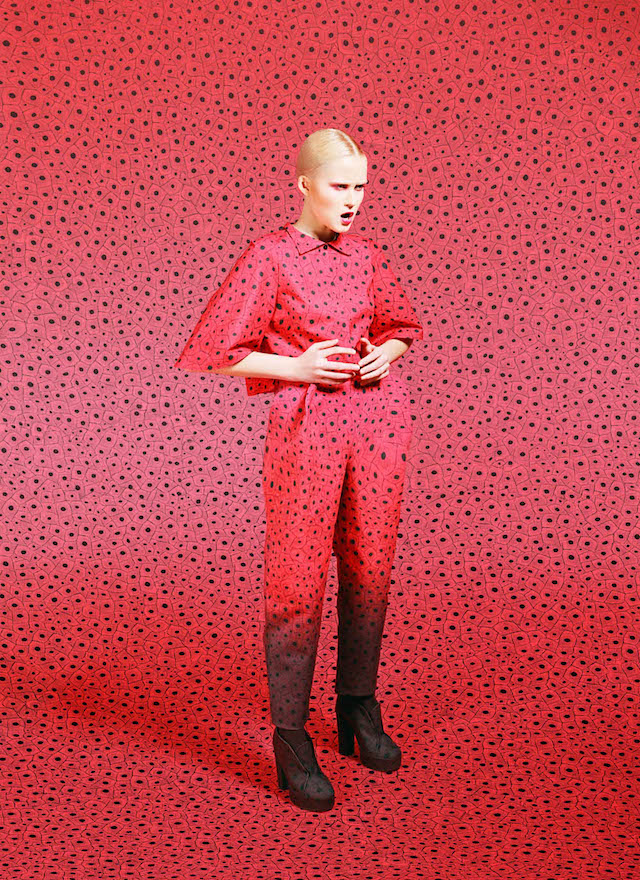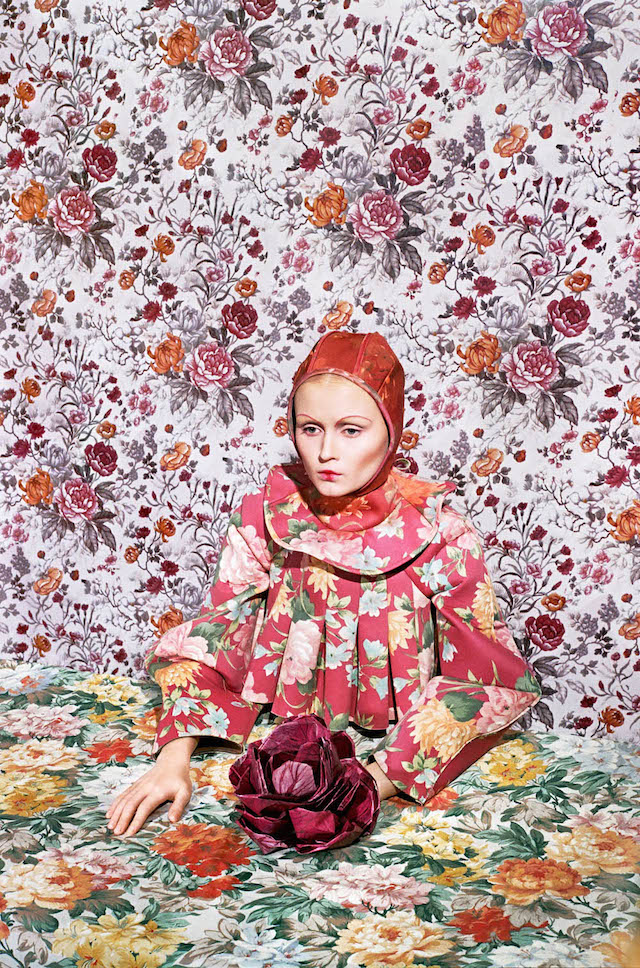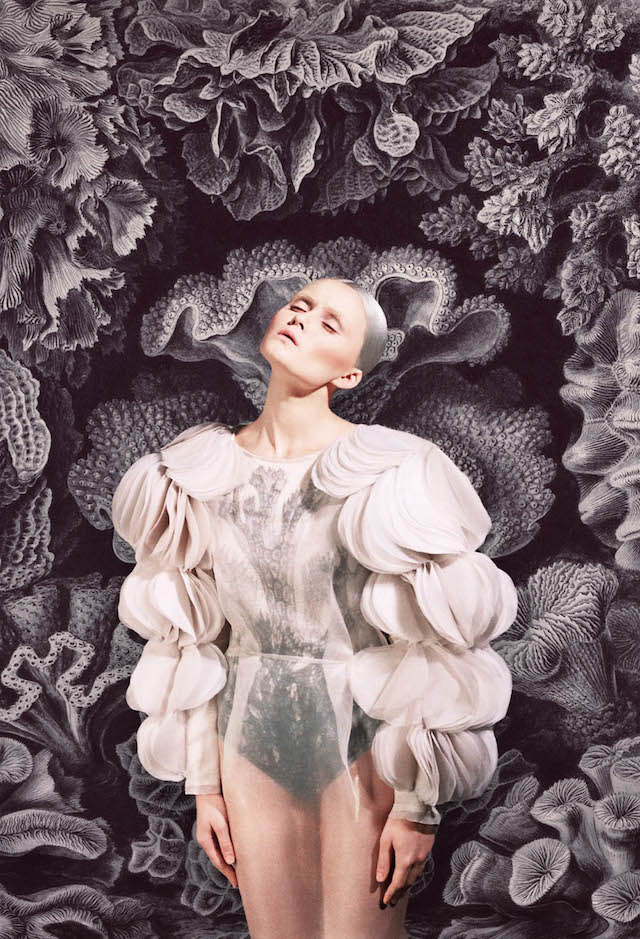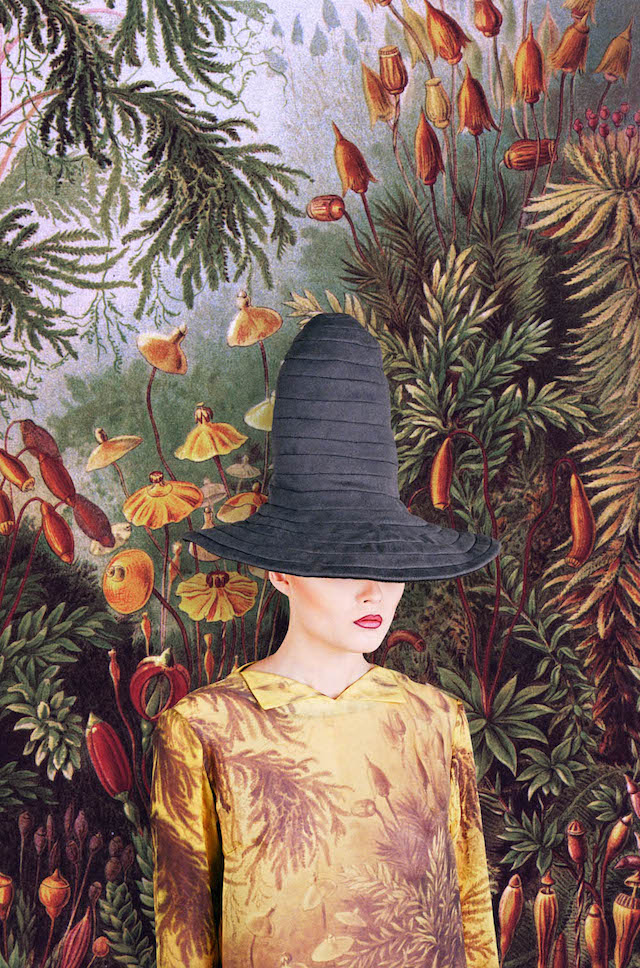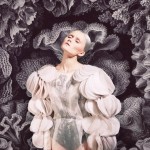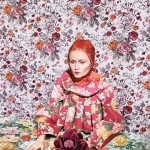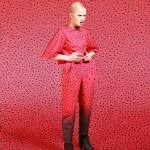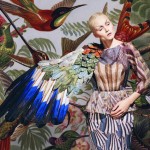Kastner & Partners of Los Angeles has long been known primarily for its work with Red Bull. But the agency has many more clients, and it’s looking to expand.
Back in September, we spoke to recently-hired CCO Jamie Reilly — an industry vet who worked in creative at Deutsch LA, Saatchi & Saatchi, TBWA/MAL and 72andSunny — on the appeal of moving from a large to a mid-sized agency.
This week Reilly spoke to us again about his agency’s new work for a very different client: Adidas golf. Here’s the first :30 TV spot in the campaign:
As Reilly explains it, Adidas increasingly “thinks of itself as an innovation/performance brand across the board.”
This makes for a challenge in the golf field, however. “Most perceive golf to be played on a beautiful day in an exclusive environment,” and the agency/client wanted to “position it as a sport with athletes of the highest caliber. We wanted to show them pursuing excellence against adversarial conditions.”
In discussing how the campaign came about, Reilly says that the agency wanted to avoid promoting the client’s new apparel line in way that simply says, “hey, here’s this” by telling “a bigger story about competition.”
Here’s another :15 spot:
The client “challenged [Kastner & Partners],” who “felt like this was a great way to talk about the product through the lens of competition and innovation.”
The client agreed: “when they saw the pitch idea, they started nodding their heads.”
Why?
Reilly says, “When you look at golf advertising…it’s mostly white people wearing white clothes in the bright sun. To me, this resonates as a competitor to other campaigns” due to its “grittiness.”
This :15 spot conveys Reilly’s point:
The goal is to “appeal to dedicated golfers,” who think: “I’m the guy who’s out there playing in the rain when my friends aren’t up to the task.” Reilly adds, “I can relate to their dedication.”
The campaign, which is already running on TV and online but hasn’t received any press attention to date, is a global effort; these efforts will be “picked up and adapted” for international markets.
The campaign also includes print elements that reinforce the “hot weather, cold weather, rain” theme via art and copy:


Kastner and client hope the work will prove to be “disruptive.”
As Reilly explains, “We shot it all in Florida in two days in the middle of August, so all the other components were put together with magic and pixie dust. It’s ambitious.”
adidas Golf – 18/365 PRODUCTION CREDITS
18/365 TV CREDITS:
KASTNER & PARTNERS:
Chief Creative Officer: Jamie Reilly
Creative Director: Tim Braybrooks
Associate Creative Director: Matt Bogan
Associate Creative Director: Richard Bess
Producer: Hank Zakroff
UBER CONTENT:
Director: Cole Webley
DP: Travis Cline
Line Producer: Christopher Cho
Executive Producer: Phyllis Koenig
Executive Producer: Preston Lee
MISSION:
Lead Flame Artist: Joey Brattesani
Creative Director: Rob Trent
Flame Artist: Chris Moore
Flame Artist: Trent Shumway
Flame Artist: Edward Black
Flame Artist: Michael Vaglienty
VFX Producer: Ryan Meredith
VFX Coordinator: Kristina Thoegersen
Managing Director: Michael Pardee
18/365 PRINT CREDITS:
KASTNER & PARTNERS:
Chief Creative Officer: Jamie Reilly
Creative Director: Tim Braybrooks
Associate Creative Director: Matt Bogan
Associate Creative Director: Richard Bess
Copywriter: Chris Guichard
Producer: Jill Lundin
BRAD HARRIS PHOTOGRAPHY:
Photographer: Brad Harris
Producer: John Cogan






